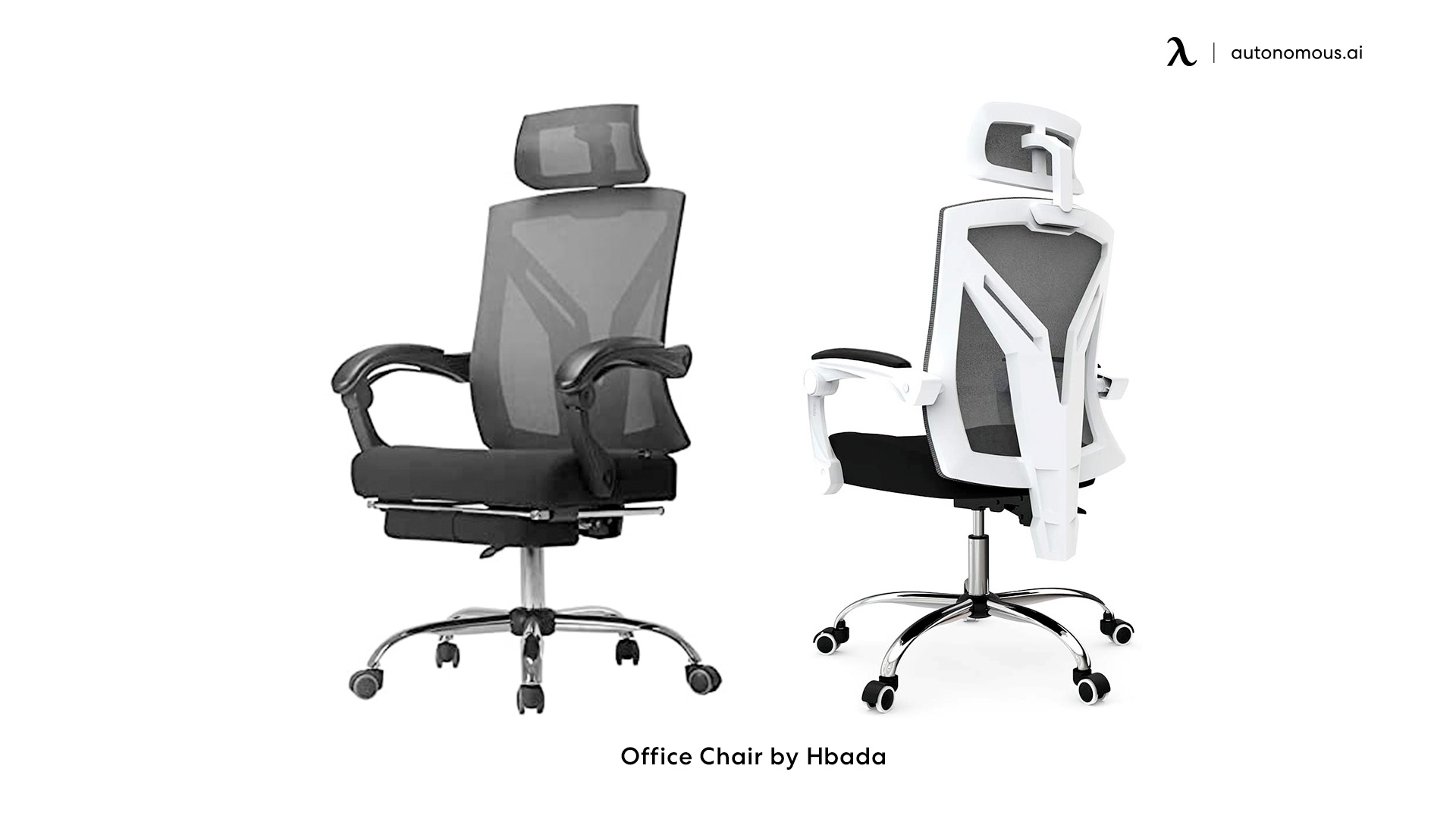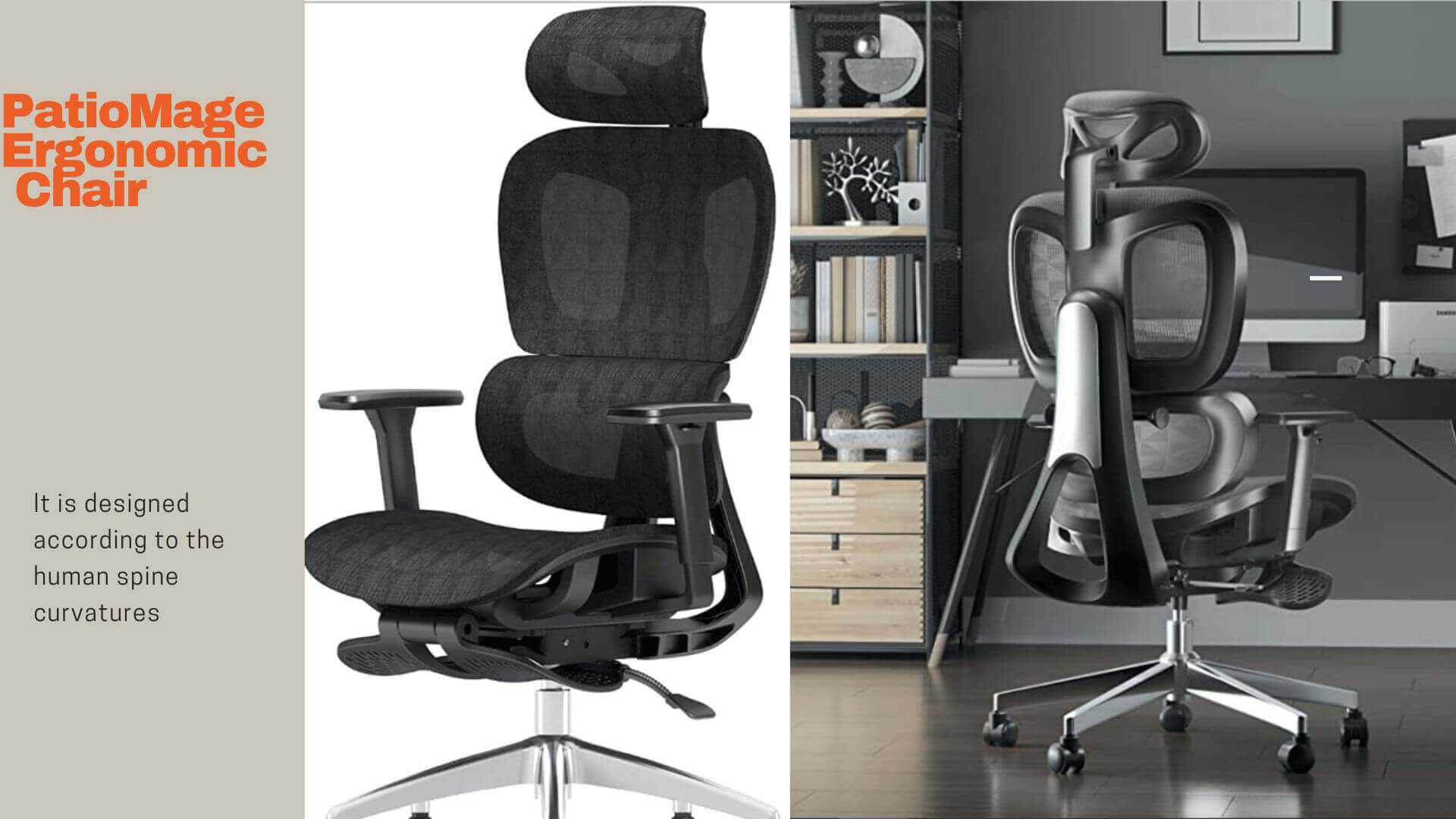Essential Features for Post-Hip Replacement Office Chairs

Choosing the right office chair after hip replacement surgery is crucial for comfort, pain management, and successful recovery. The chair’s ergonomic design plays a vital role in supporting proper posture and minimizing strain on the hip joint. This section details essential features and explains their contribution to a comfortable and supportive seating experience.
Ergonomic Features for Post-Hip Replacement Office Chairs, Best office chair after hip replacement
The following table Artikels crucial ergonomic features, their importance in post-hip replacement recovery, and examples of how they facilitate healing.
| Feature | Importance | How it Aids Recovery | Examples |
|---|---|---|---|
| Lumbar Support | Maintains the natural curvature of the spine, reducing lower back strain which can impact hip recovery. | Provides support to the lower back, preventing slouching and reducing pressure on the hip joint. This minimizes pain and promotes proper alignment. | Adjustable lumbar support mechanisms, contoured backrests, and chairs with built-in lumbar pillows. |
| Adjustable Height | Ensures proper leg and hip positioning, preventing strain and discomfort. | Allows the user to adjust the chair’s height so their feet are flat on the floor and their thighs are parallel to the ground. This minimizes strain on the hips and knees. | Pneumatic height adjustment levers, chairs with multiple height settings. |
| Armrests | Assists in standing and sitting, reducing stress on the hip joint. Properly positioned armrests aid in transferring weight. | Provides support when sitting down and standing up, reducing strain on the hip and legs. Reduces the need to twist or reach excessively, preventing further injury. | Adjustable armrests (height and width), padded armrests for comfort. |
| Seat Depth | Prevents pressure on the back of the knees and promotes proper leg and hip alignment. | A seat that is too deep can cause pressure on the back of the knees, impacting circulation and comfort. The correct depth allows for proper posture and reduces strain. | Chairs with adjustable seat depth mechanisms, seats with a waterfall edge to reduce pressure. |
Proper Posture and its Contribution to Hip Recovery
Maintaining proper posture after hip replacement surgery is essential for preventing strain and discomfort. The chair features described above work synergistically to support this. Slouching or improper posture can put undue stress on the hip joint, hindering recovery and potentially causing pain. A chair with adequate lumbar support maintains the natural curve of the spine, reducing pressure on the lower back and indirectly supporting the hip. Adjustable height ensures the legs and hips are positioned correctly, preventing strain. Armrests provide assistance when transitioning to sitting or standing, minimizing the load on the hip. Finally, appropriate seat depth prevents pressure on the knees, contributing to overall comfort and correct posture.
Ideal Posture and Chair Feature Support
[Infographic Description] The infographic would depict a person sitting in an office chair with perfect posture. Their back would be straight against the chair’s backrest, with the lumbar support filling the natural curve of their lower back. Their feet would be flat on the floor, and their thighs parallel to the ground, indicating the chair is at the correct height. Their arms would rest comfortably on the armrests, which are positioned at the right height. The seat depth would be appropriate, leaving space between the back of their knees and the seat edge. Arrows would visually connect each aspect of the posture to the corresponding chair feature, illustrating how each element contributes to the overall posture and hip support. For example, an arrow would point from the lumbar curve to the lumbar support, another from the flat feet to the chair height, and so on. The infographic would clearly show the relationship between proper posture, pain reduction, and the ergonomic design of the chair.
Top Chair Types and Their Suitability: Best Office Chair After Hip Replacement

Choosing the right office chair after hip replacement surgery is crucial for comfort, proper posture, and successful recovery. The wrong chair can exacerbate pain and hinder the healing process. This section compares three popular chair types to help you make an informed decision. Consider your individual needs and consult with your physical therapist for personalized recommendations.
Ergonomic Chairs and Post-Hip Replacement Recovery
Ergonomic chairs are designed to support the natural curves of the spine and promote good posture. This is particularly important after hip replacement, as maintaining proper alignment can reduce strain on the hip joint and prevent further complications.
- Pros: Excellent lumbar support, adjustable height and armrests, often feature breathable mesh fabric for comfort.
- Cons: Can be expensive, may require some assembly, and finding the perfect fit might involve trial and error.
Specific features beneficial for post-hip replacement recovery include adjustable lumbar support to accommodate changes in posture, adjustable seat height to allow for easy sitting and standing, and wide, padded seats to distribute weight evenly and reduce pressure points. Individuals with moderate mobility limitations who need good posture support will find ergonomic chairs most suitable. Examples include chairs with adjustable tilt mechanisms and those offering multiple adjustment points. The correct setup ensures the knees are at a 90-degree angle to the hips, reducing strain.
Kneeling Chairs and Post-Hip Replacement Recovery
Kneeling chairs encourage an upright posture by placing the user’s weight on their knees and shins, reducing pressure on the lower back and hips. While this may seem beneficial, it’s crucial to consider the potential impact on hip recovery.
- Pros: Improved posture, reduced lower back pain (in some cases), can promote better core engagement.
- Cons: Can be uncomfortable for extended periods, may not be suitable for individuals with limited knee mobility or existing knee pain, and requires a period of adjustment.
The pressure on the knees might be problematic immediately after hip replacement surgery. The forward-leaning posture can also strain the hip joint, particularly in the early stages of recovery. Individuals with good knee mobility and minimal hip pain who are already used to kneeling chairs might find them suitable after a significant period of recovery, but it’s not recommended early on.
Executive Chairs and Post-Hip Replacement Recovery
Executive chairs often prioritize comfort and luxury over ergonomic support. While some offer adjustable features, they might lack the precise adjustments necessary for optimal post-hip replacement support.
- Pros: Comfortable, often feature high-quality materials, can provide good overall support if properly adjusted.
- Cons: May lack the necessary ergonomic adjustments, especially lumbar support, can contribute to poor posture if not properly configured, generally more expensive than other options.
The suitability of executive chairs depends heavily on the specific features offered. Those with adjustable lumbar support, seat height, and armrests can be reasonably comfortable, but careful selection is crucial. Individuals who prioritize comfort and already have good posture might find them acceptable if they choose a model with sufficient ergonomic features. However, for those needing specific support, an ergonomic chair is a better choice.
Price Comparison of Office Chair Types
The price of office chairs varies greatly depending on features, brand, and materials. The table below provides a general price range for each type.
| Chair Type | Price Range | Example Models (Prices may vary) |
|---|---|---|
| Ergonomic | $200 – $1000+ | Herman Miller Aeron, Steelcase Leap, Haworth Fern |
| Kneeling | $100 – $300 | Varier Variable Balans, HAG Capisco, Knoll Generation |
| Executive | $300 – $2000+ | Herman Miller Embody, Steelcase Gesture, Knoll ReGeneration |
